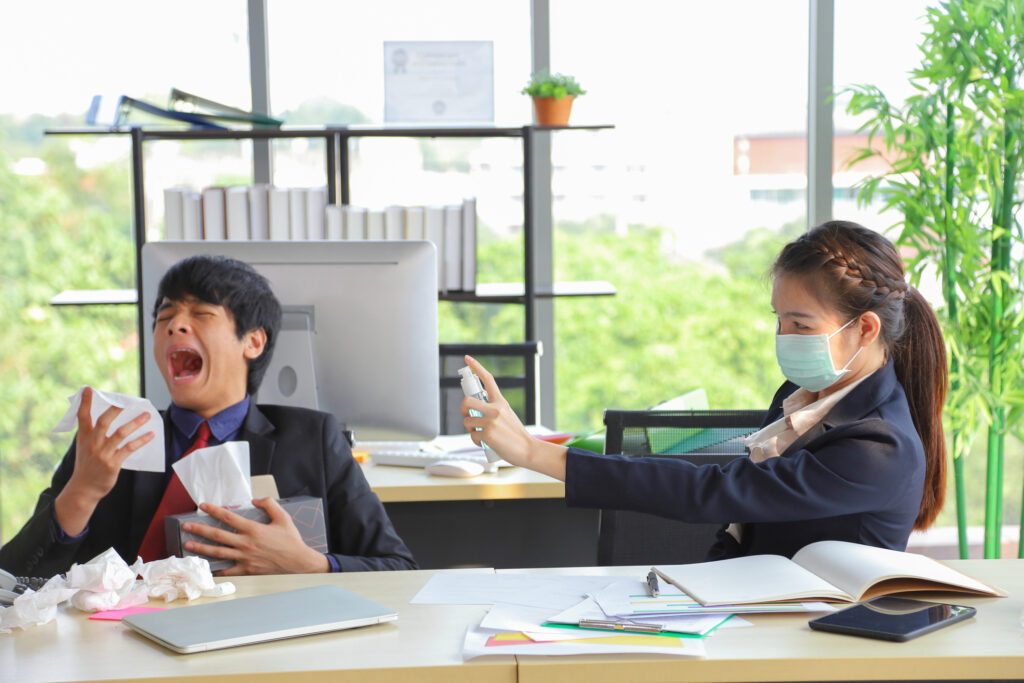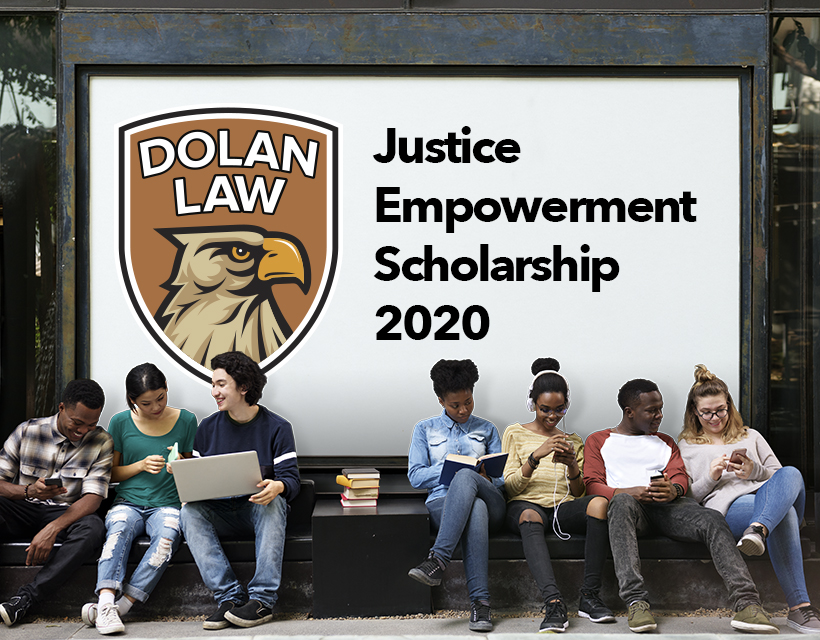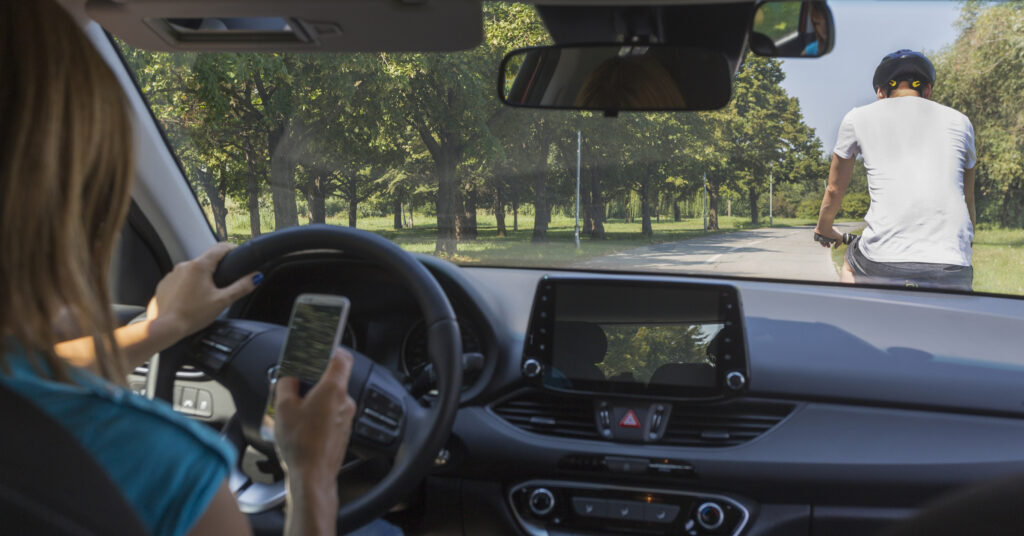Leave laws under COVID-19
This week’s question comes from Carl who writes: Q: “Last week I was at a dinner party and one of the people who attended eventually got sick and was told they may have Coronavirus. However, he has not been tested. I feel fine, but I called my doctor to see what I should do. She said that …




